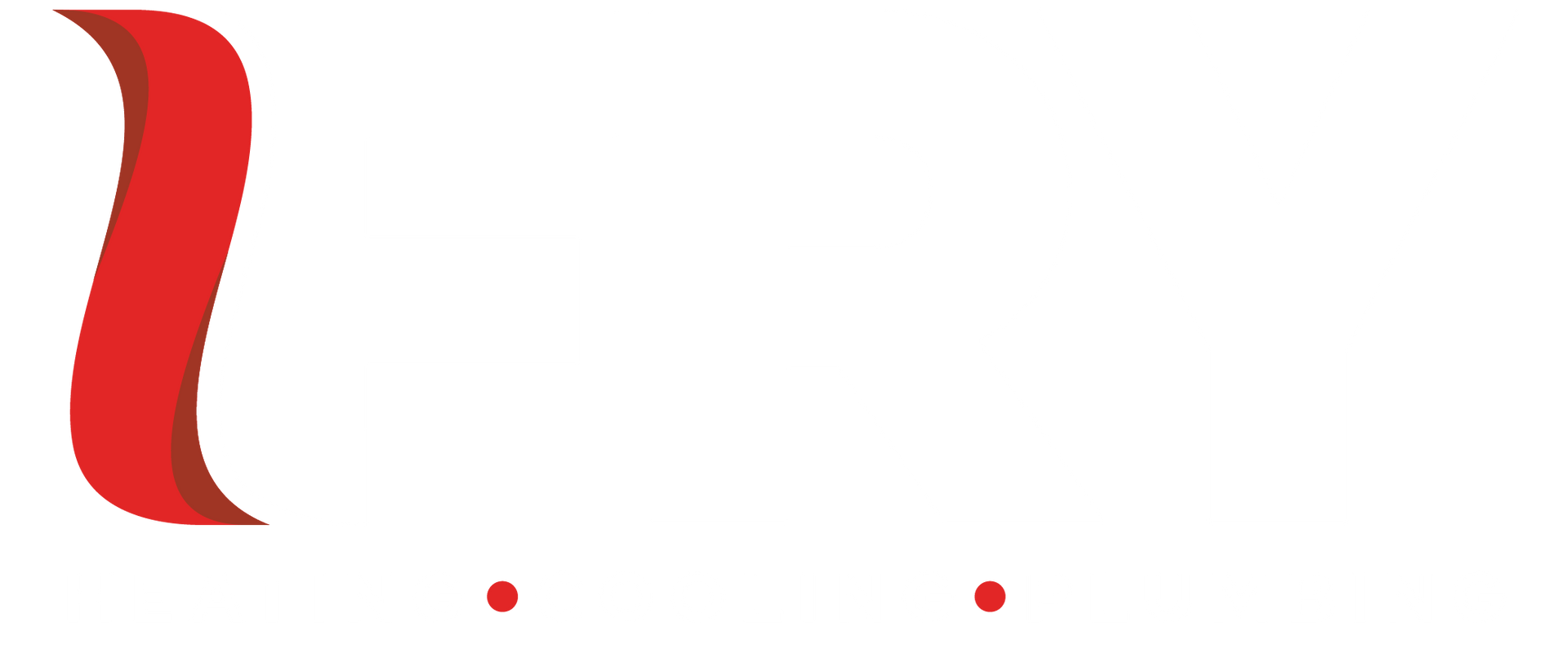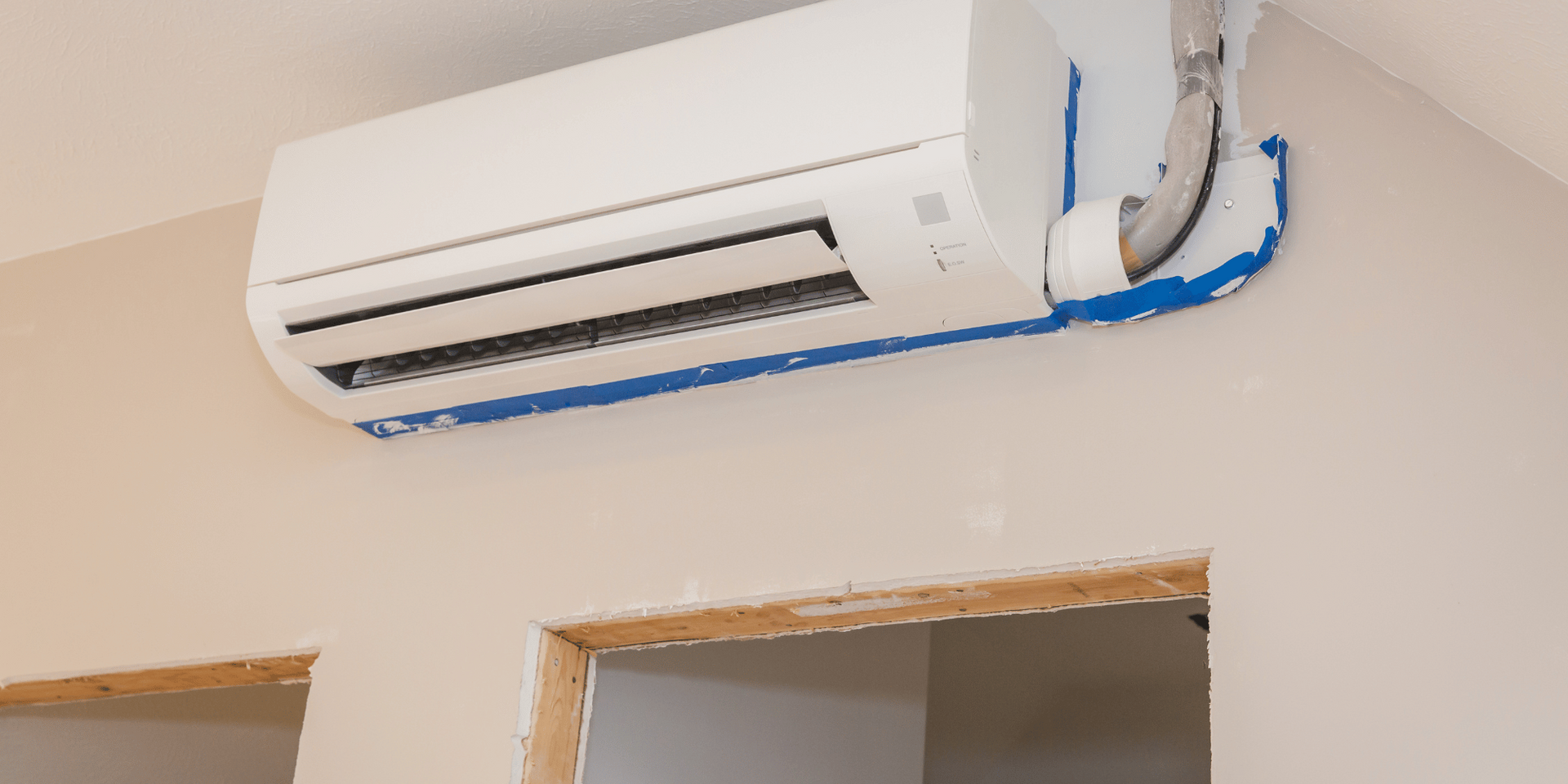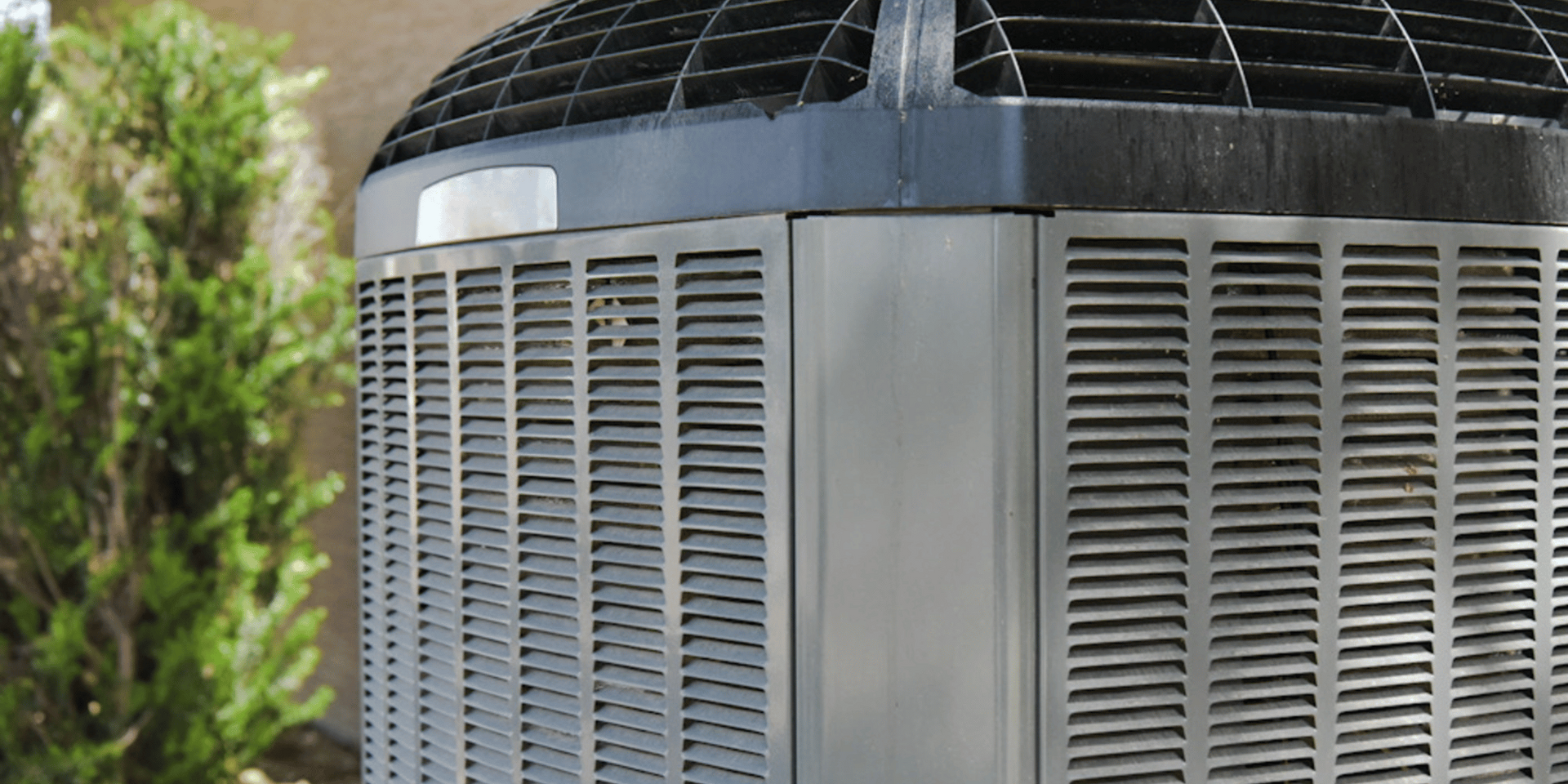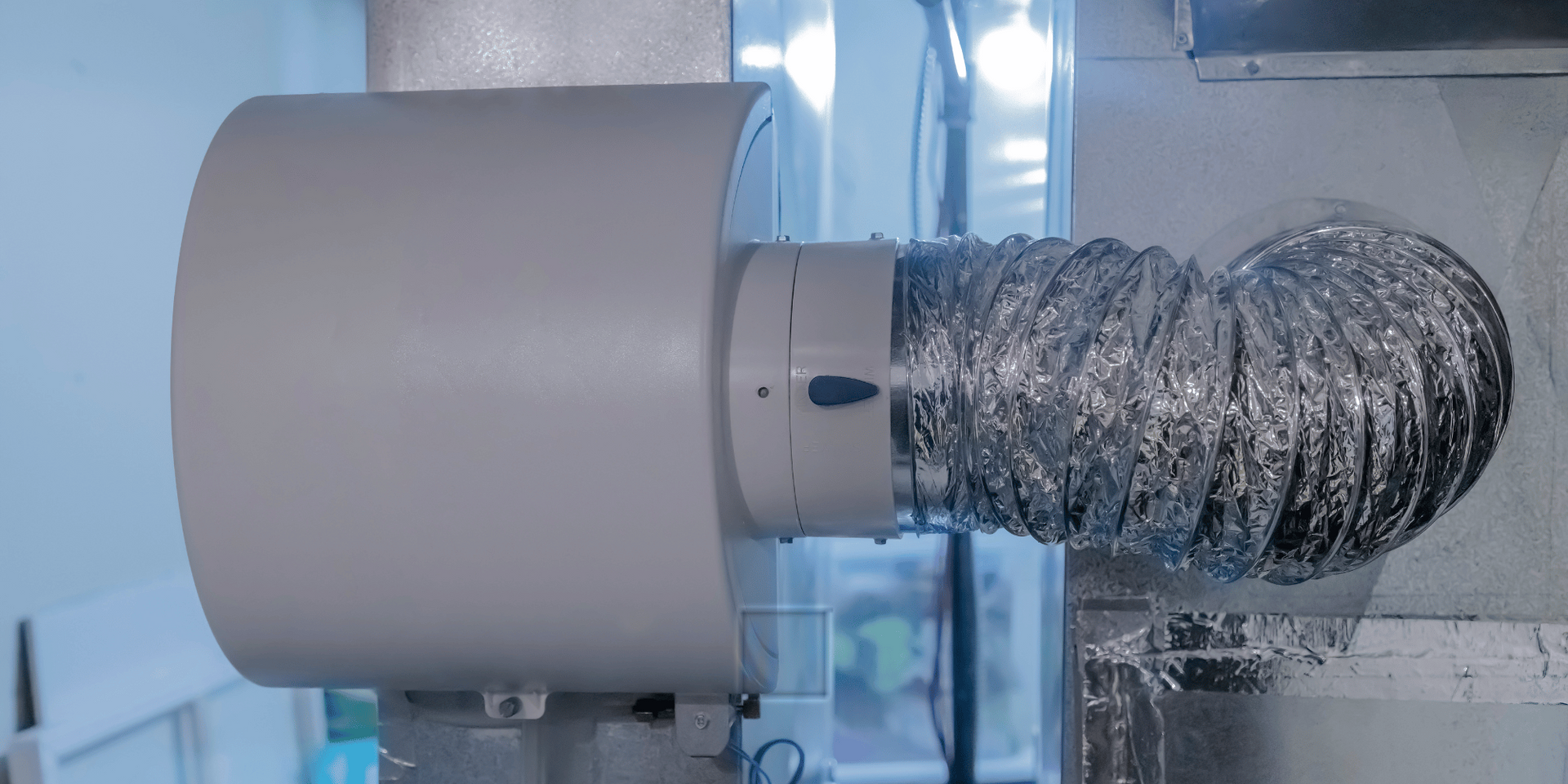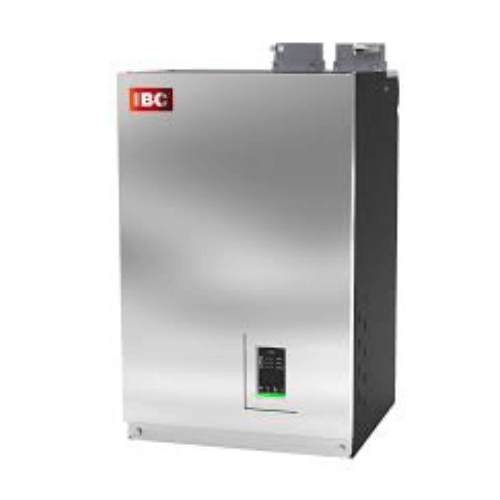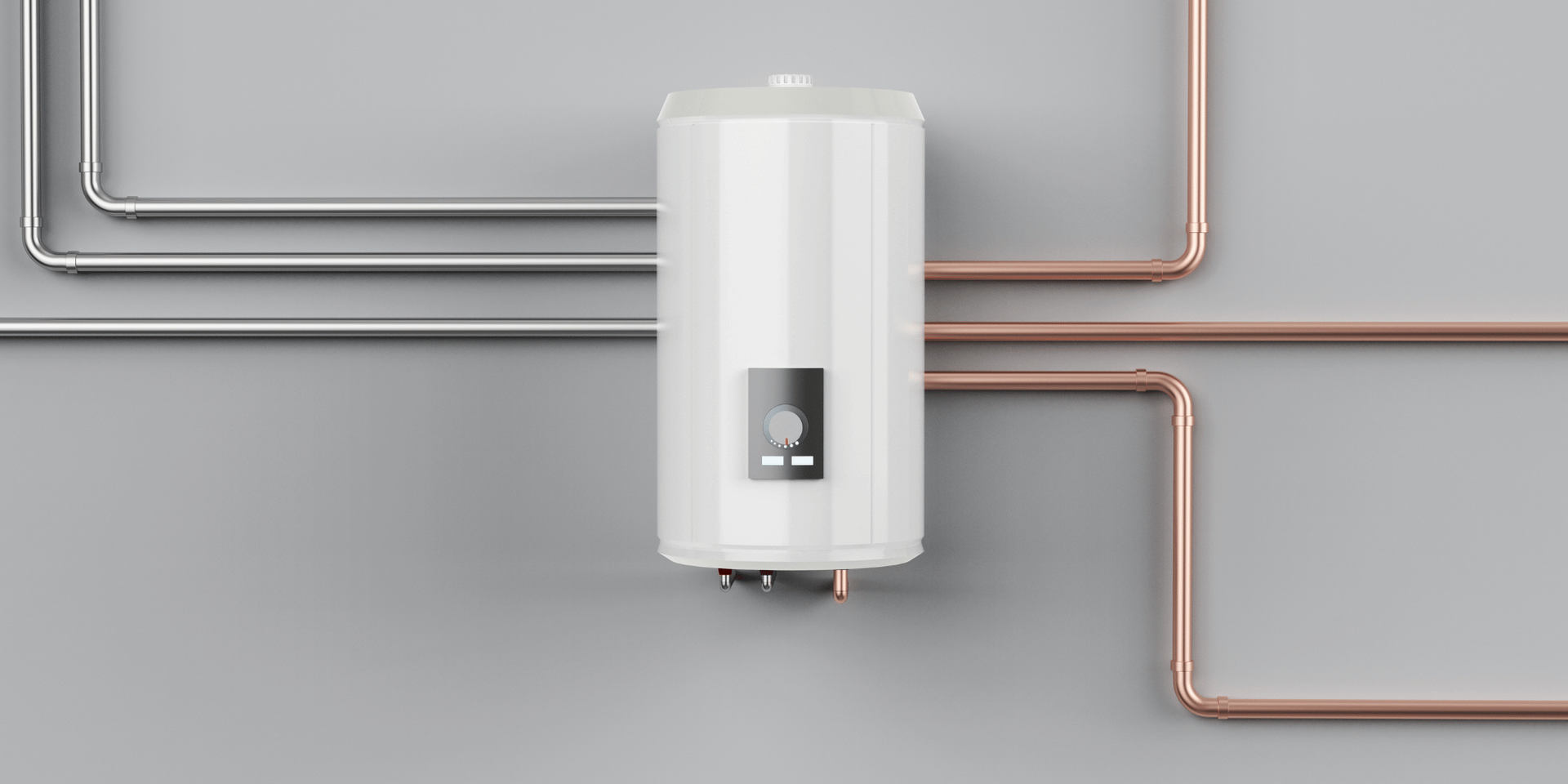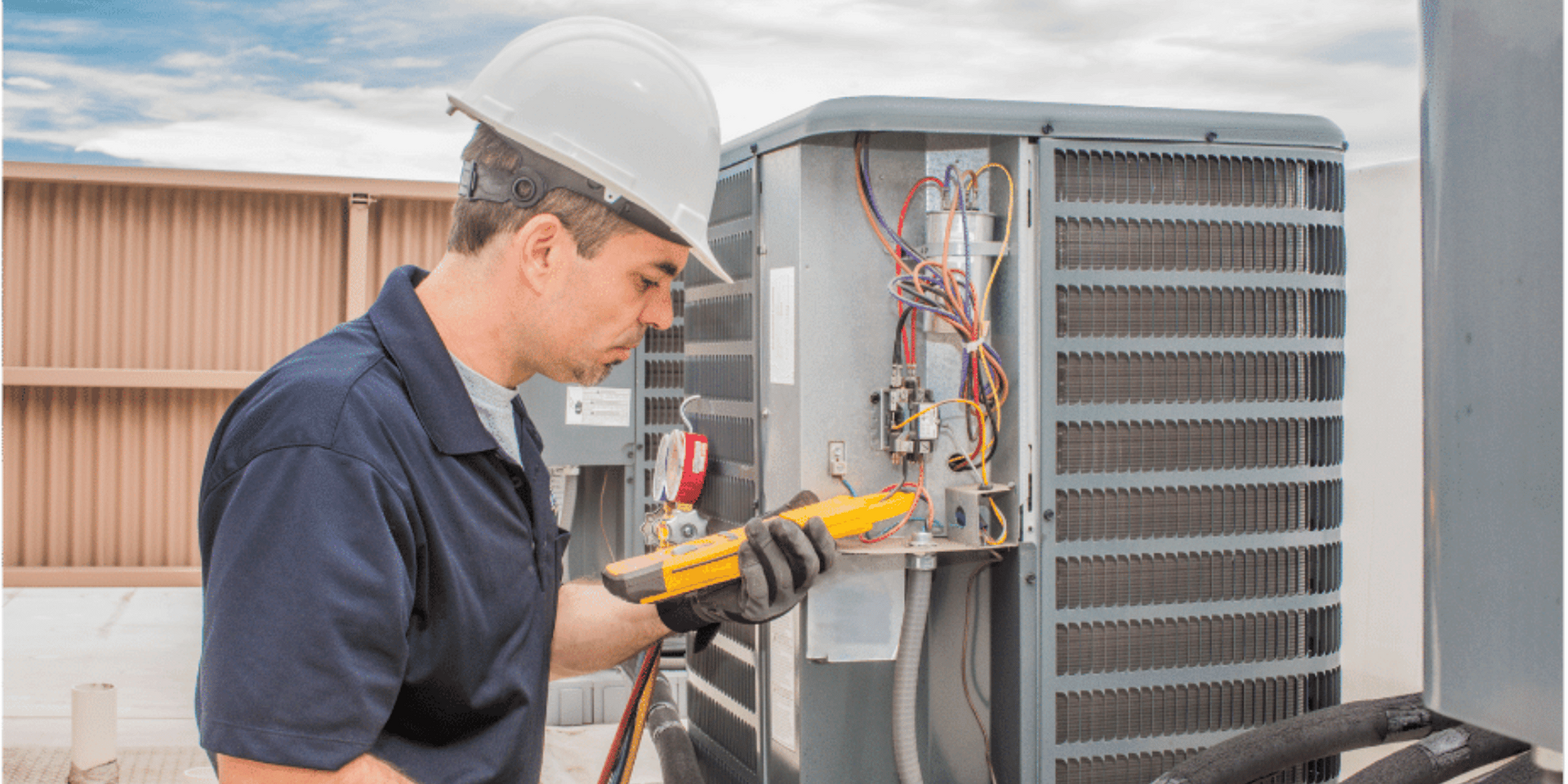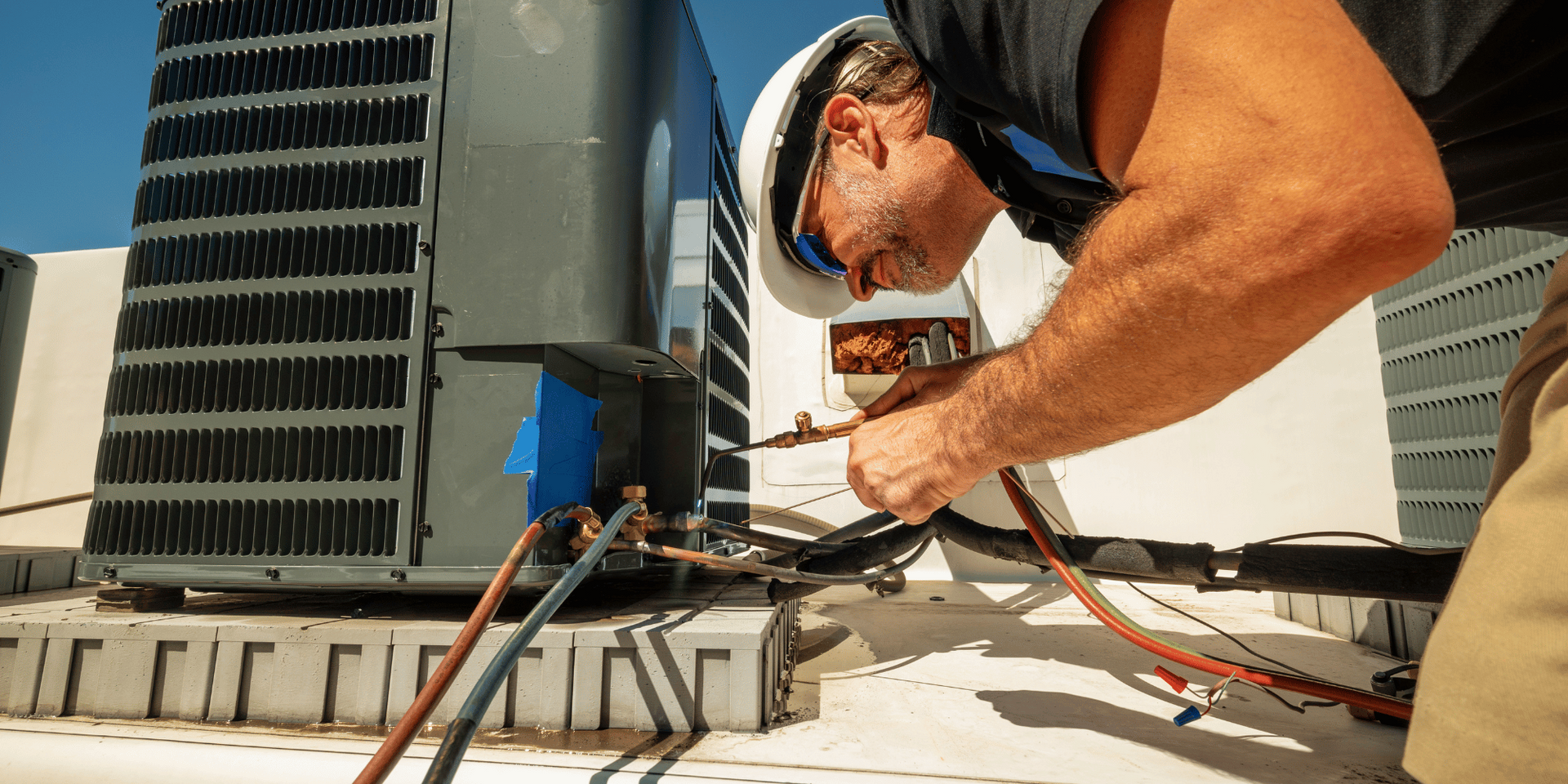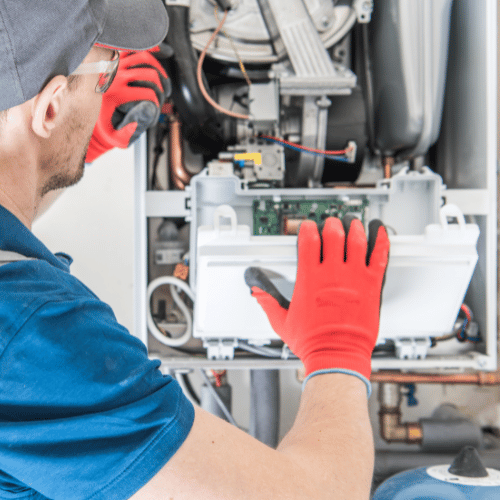Trane vs. Carrier: The Muscle Cars and Luxury Sedans of Residential Furnaces
Trane vs. Carrier: The Muscle Cars and Luxury Sedans of Residential Furnaces
When it comes to heating your home, the decision can be as crucial and complex as choosing between a Mustang and a Corvette. Trane and Carrier are the Ford and Chevy of the HVAC world. They both deliver power, reliability, and a comfortable ride, but which one should you rev your engines for? Let's pit these two industry titans against each other in a straight-up drag race, looking at their pros and cons.
Trane: The Mustang of Furnaces
Pros
Horsepower & Efficiency: Just like a Mustang is known for its power-to-dollar ratio, Trane furnaces offer high efficiency at a relatively moderate price. Their variable-speed motors adapt to different driving conditions (i.e., weather) and help you save on fuel (your energy bills).
Durability: Think of Trane's Climatuff® compressor as that Mustang's rock-solid engine block. Designed to withstand harsh conditions, these units are tested to extreme limits, ensuring they'll keep running year after year.
Customizability: Just as you can trick out a Mustang with various add-ons and performance packs, Trane offers various options for air cleaners, humidifiers, and smart home compatibility. Choose your rims and spoilers, so to speak.
Warranty: With a Trane, you’re getting the Ford's factory warranty—a solid assurance that they stand behind their engineering. Most Trane models offer a lifetime heat exchanger warranty and a 10-year parts warranty.
Cons
Gas Mileage: While Mustangs aren't notorious for their fuel efficiency, neither are some Trane models. You might get the performance you crave, but your utility bills could spike during peak winter.
Initial Cost: High performance often comes with a higher price tag. You’re paying for that extra horsepower, and a Trane can be more expensive upfront compared to other brands.
Carrier: The Cadillac of Furnaces
Pros
Smooth Ride & Quiet Operation: Carrier is your Cadillac—a smooth, luxurious experience. The units operate in near silence, thanks to their advanced sound-dampening features.
Fuel Efficiency: Carrier is like a modern Cadillac with surprisingly good gas mileage. With an AFUE (Annual Fuel Utilization Efficiency) rating that often exceeds 98%, you’ll be cruising for a long time on a single tank (or month of utility bills).
Cutting-Edge Tech: Think of Carrier’s Infinity® control like the state-of-the-art navigation and entertainment system in a luxury car. It integrates with your smart home systems and offers unparalleled control over your home environment.
Eco-Friendly: Carrier focuses on sustainable options, equivalent to the electric and hybrid tech in today's luxury cars. They offer environmentally friendly refrigerants and high-efficiency options.
Cons
Cost: Just as a Cadillac can be a significant investment, Carrier's high-end features and technology can be costly. It's the furnace equivalent of leather seats and a top-notch sound system; it'll cost you.
Maintenance: Luxury cars require specialized care, and Carrier units can sometimes demand high-quality filters and frequent maintenance checks, adding to the overall cost of ownership.
The Checkered Flag: Which is for You?
If you're looking for raw power and durability, akin to a classic muscle car, then Trane is your go-to. However, if you want a smooth, luxurious, and tech-savvy experience—akin to driving a Cadillac—Carrier might be more your style.
At the end of the day, both are reliable workhorses that will get you from A to B (or from November through March). It all boils down to what you're looking to get out of your ride. Either way, make sure you buckle up; it's going to be a comfortable journey.
We're Listening | Get a free quote today!
Fry - Blog
We will get back to you as soon as possible.
Please try again later.



